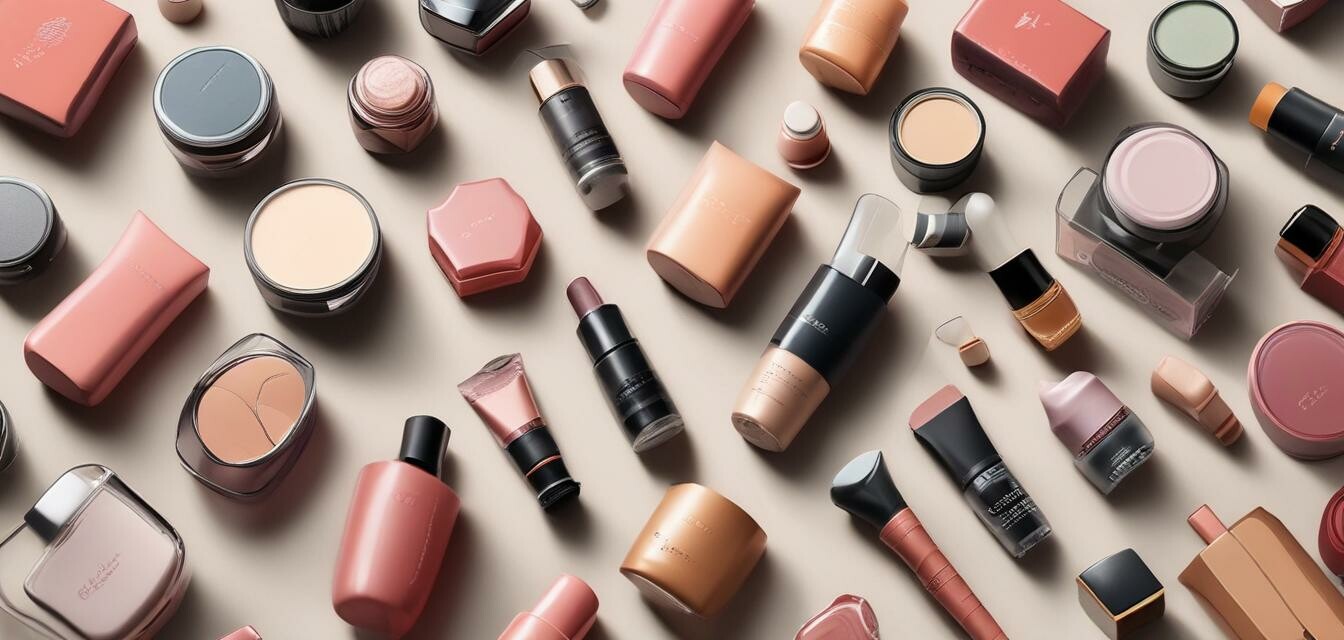
The rise of inclusive beauty brands in 2025
Key Takeaways
- Inclusive beauty brands are emerging to cater to diverse skin tones and types.
- 2025 will see more brands focusing on representation and formulation for all.
- Consumer demand is pushing the beauty industry towards greater inclusivity.
- Key brands to watch include those focusing on eco-friendly and effective formulations.
In recent years, the beauty industry has witnessed a significant shift towards inclusivity, especially as more brands emerge to cater to a diverse range of skin tones and types. This trend is only expected to grow in 2025, with brands focusing on representation and tailored formulations. This article explores the rise of inclusive beauty brands, the key players in the market, and what consumers can expect in the coming year.
The importance of inclusivity in beauty
Inclusivity in beauty means more than just a wide range of shades; it reflects the advancement of representation for marginalized communities. In 2025, producing products that cater to different skin tones and types will be a priority for many brands. This trend also showcases a growing awareness among consumers who demand authenticity and respect from beauty companies.
Key players in the inclusive beauty market
Several brands have made significant strides in promoting inclusivity. Here is a comparison of a few market leaders:
| Brand | Notable Features | Years in Service | Market Focus |
|---|---|---|---|
| Brand A | Diverse shade range, Eco-friendly packaging | 10+ | All skin types |
| Brand B | Focus on mature skin, Oily and dry combinations | 5-10 | Skincare |
| Brand C | Collaboration with influencers, Limited editions | 5 | Makeup |
| Brand D | Men's grooming products, Darker skin tones | 3-7 | Grooming Essentials |
Consumer demand for inclusivity
The demand for inclusive beauty products has been on the rise, encouraging brands to listen closely to their consumers. Shoppers now prioritize products that embrace diversity, pushing brands to expand their offerings. In 2025, we can expect brands to launch more products specifically designed for various skin types, textures, and tones.
How brands can adapt
Brands must explore innovative formulation strategies that cater to diverse needs. Here are some ways they can adapt:
- Conduct better market research to understand consumer needs.
- Engage with the community for feedback on new products.
- Invest in diverse marketing campaigns that reflect real customers.
- Offer customized solutions for individual skin types and concerns.
Future trends in inclusive beauty
Looking ahead to 2025 and beyond, several trends are expected to shape the inclusive beauty landscape:
- Personalized beauty: Consumers will expect tailored solutions based on their unique skin profiles.
- Sustainable practices: Brands will prioritize eco-friendly ingredients and packaging.
- Community engagement: Enhanced feedback loops between consumers and brands will shape new product launches.
- Technology integration: Expect augmented reality and AI tools for personalized shopping experiences.
Conclusion
The rise of inclusive beauty brands is more than just a trend; it represents a necessary evolution in the beauty industry. As more brands recognize the importance of catering to all skin tones and types, consumers can look forward to a richer, more diverse product landscape. With increasing consumer demand and innovative product development, 2025 will be a landmark year for inclusivity in the beauty industry.
Tips for consumers
- Research brands that focus on inclusivity and quality.
- Engage with beauty communities online for product reviews and recommendations.
- Keep an eye out for new launches that match your skin's needs.
- Share your experiences and knowledge to help fellow consumers.